Introduction to the characteristics of flavor and taste of Costa Rican yellow honey coffee varieties by grinding scale treatment
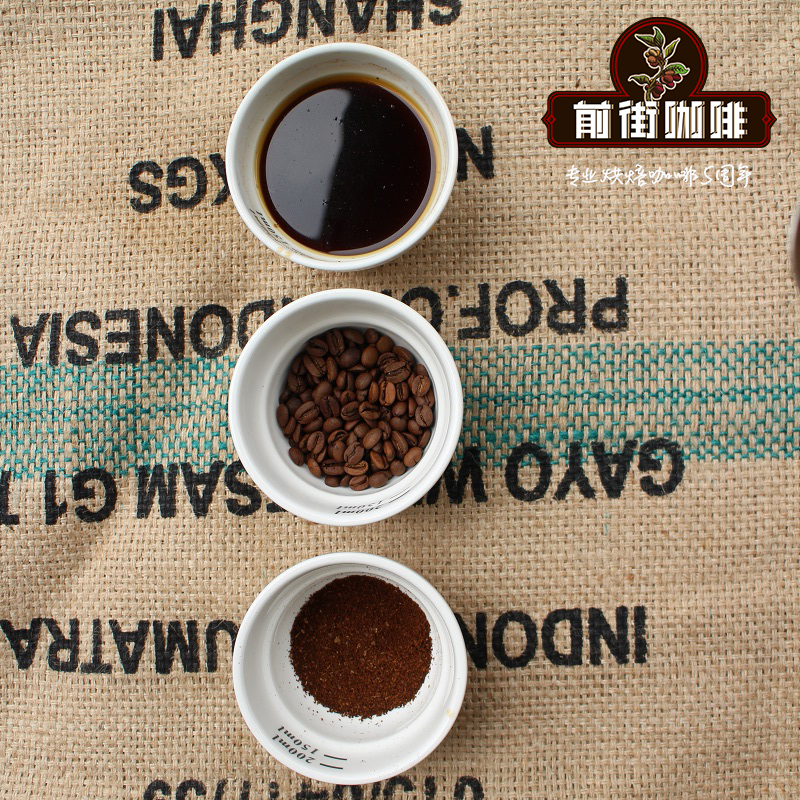
Qianjie today continues to share with you about Costa Rican honey-treated coffee, this time with yellow honey. Costa Rica's best coffee beans, known as "extremely hard beans", grow in mountains above 1500 meters above sea level. Due to the great temperature difference between day and night at the top, there is abundant precipitation, which can prolong the growing period of coffee and is conducive to the condensation of coffee flavor substances. The one shared in front of the street is a very hard bean treated with yellow honey, which has a traditional honey-treated flavor and unique taste. If you want to know more, read on!
Coffee grown in different regions and treated in different ways can create a cup of coffee with its own characteristics, so what is the difference between different treatments for beans from the same producing area? Today, let's compare the difference between the yellow honey treatment and the washing treatment of Tara beads in Costa Rica.
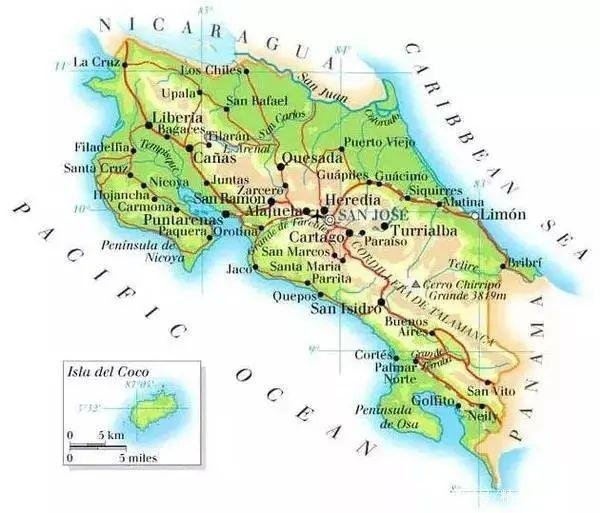
Costa Rican Tara beads
Tarazhu is one of the most important coffee growers in Costa Rica and one of the major coffee producers in the world. Costa Rica, with fertile volcanic soil and good drainage, is the first country in Central America to grow coffee and bananas because of its commercial value. High-quality Costa Rican coffee is called "extra hard beans". This kind of coffee can grow above 1500 meters above sea level. Altitude has always been a problem for coffee growers. The higher the altitude, the better the coffee beans, not only because the higher altitude can increase the acidity of the coffee beans and thus increase the flavor, but also because the night temperature at the higher altitude is lower, which can make the trees grow slowly, thus making the coffee beans have a stronger flavor. In addition, due to the high altitude drop caused by sufficient rainfall, is also very beneficial to the growth of coffee trees. However, while there are many advantages to growing coffee at higher elevations, the resulting additional transport costs must be taken into account, which is likely to make coffee production unprofitable. The coffee industry in Costa Rica has adopted new technologies to increase efficiency, including the use of "electric eyes" to select beans and identify coffee beans of irregular size.
Treated yellow honey
Honey treatment is popular in Central America and is arguably the most common treatment in Costa Rica. This is a kind of treatment that lies between the sun treatment and the water washing. It keeps the coffee clean by washing, and because it is dried in the sun together with the pulp mucosa, it greatly increases the sweetness and caramel flavor of the coffee (the sugar content of the pulp mucosa is extremely high). The characteristics of honey-treated coffee depend to a high extent on the setting of the pulp scraping machine. the more pulp you retain, the more obvious the characteristics of honey treatment. But to produce honey to treat coffee, the farm needs to take some risks, especially black honey, because the more pulp it retains, the higher the risk of overfermentation. According to the degree of retention of pectin is divided into: black honey, red honey, yellow honey and white honey.
The yellow honey treatment retains 60% of the pectin for drying; the drying method requires the most direct heat absorption, receives the most light drying, and lasts for about 8 days to reach a stable water content.
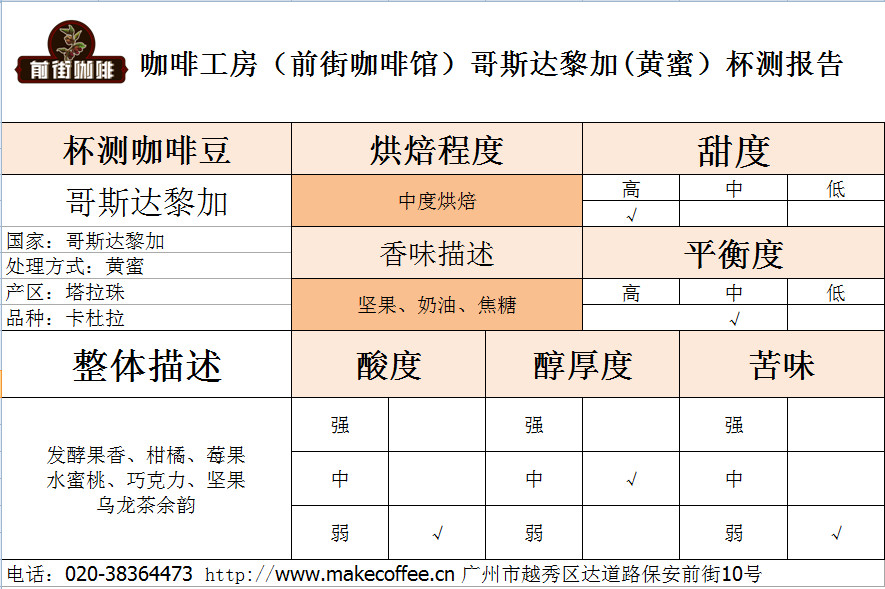
Qianjie coffee Costa Rica yellow honey cup test: the flavor of fermented fruit is obvious, with the flavor of berry, citrus and peach.
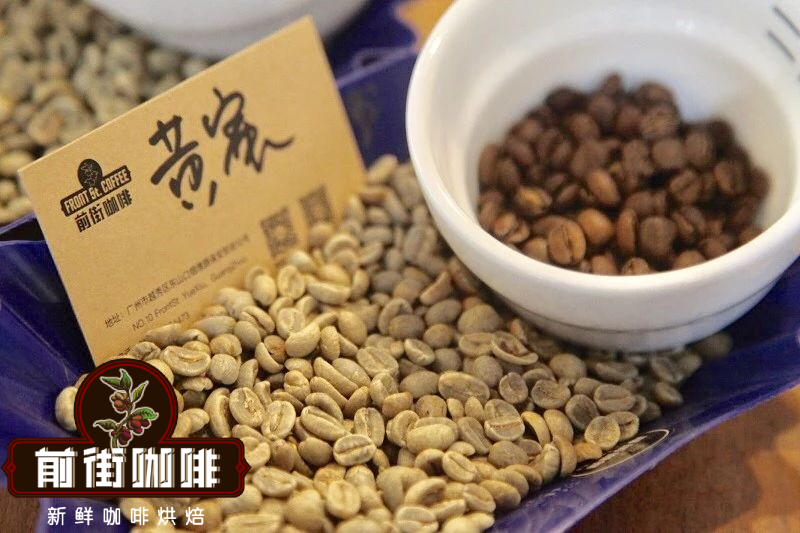
Take [Qianjie Coffee Costa Rica Yellow Honey] as an example
Producing area: Tarazhu
Variety: Kaddura, Kaduai
Altitude: 1950 m
Treatment: honey treatment
Qianjie coffee hand-brewing parameter filter cup: V60; grindability: BG-6L; water temperature: 90 degrees; powder weight: 15 grams; powder-water ratio: 1: 15; total brewing time: 2:00
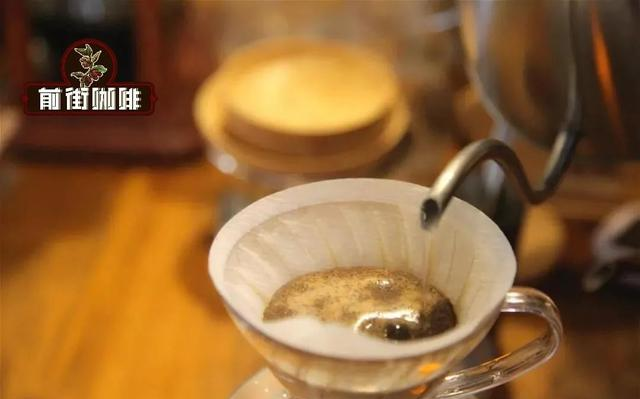
Specific hand cooking techniques: steaming: 30 grams of water, 30 seconds; the first stage of water injection: slowly circle water injection 90 grams, to 120 grams reading stop, waiting for the liquid level to drop to the powder layer surface. The second stage of water injection: increase the amount of water around the circle, inject 105 grams of water, stop the reading to 225 grams, wait for the powder layer to be exposed, remove the filter cup.
Hand flush: the mouth has obvious fermented aromas, citrus acidity, chocolate-like sweetness in the middle, caramel and green tea in the end, floral and Chinese fir aromas in the finish.
Important Notice :
前街咖啡 FrontStreet Coffee has moved to new addredd:
FrontStreet Coffee Address: 315,Donghua East Road,GuangZhou
Tel:020 38364473
- Prev

Strong aroma Brazilian Hilado coffee beans taste flavor description treatment quality characteristics grinding scale
Brazil Hilado Coffee Bean Flavor description treatment quality introduction Brazil is the largest coffee producing country in the world, with three main coffee producing regions, namely Bahia, Minas and Sao Paulo. Among them, the small producing area in Minas province is the most famous, its flavor is very warm and smooth, it is Brazil's top coffee, good Brazilian beans, and has the bitter and sweet taste of chocolate.
- Next

Introduction to Burundian Coffee Bean Flavor description method
Burundian coffee beans Africa Democratic Republic of the Congo: Kivu, Ituri Rwanda: Kivu Kenya: Kenya AA Uganda: Elgon, Bugisu, Ruwensori Zambia: Kasama, Nakonde, Isoka Tanzania: Ki
Related
- Detailed explanation of Jadeite planting Land in Panamanian Jadeite Manor introduction to the grading system of Jadeite competitive bidding, Red bid, Green bid and Rose Summer
- Story of Coffee planting in Brenka region of Costa Rica Stonehenge Manor anaerobic heavy honey treatment of flavor mouth
- What's on the barrel of Blue Mountain Coffee beans?
- Can American coffee also pull flowers? How to use hot American style to pull out a good-looking pattern?
- Can you make a cold extract with coffee beans? What is the right proportion for cold-extracted coffee formula?
- Indonesian PWN Gold Mandrine Coffee Origin Features Flavor How to Chong? Mandolin coffee is American.
- A brief introduction to the flavor characteristics of Brazilian yellow bourbon coffee beans
- What is the effect of different water quality on the flavor of cold-extracted coffee? What kind of water is best for brewing coffee?
- Why do you think of Rose Summer whenever you mention Panamanian coffee?
- Introduction to the characteristics of authentic blue mountain coffee bean producing areas? What is the CIB Coffee Authority in Jamaica?

